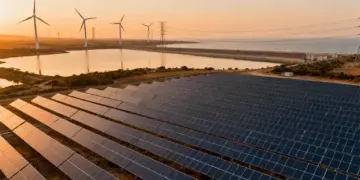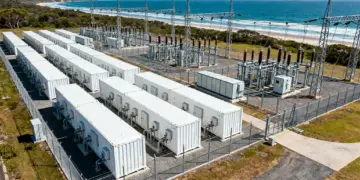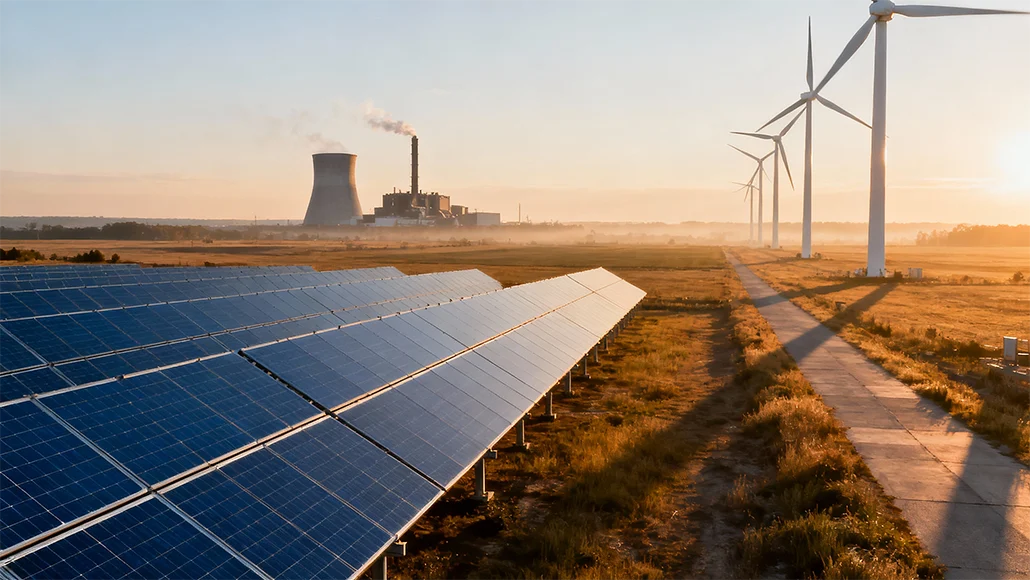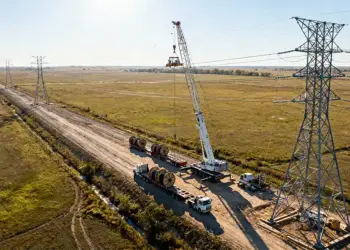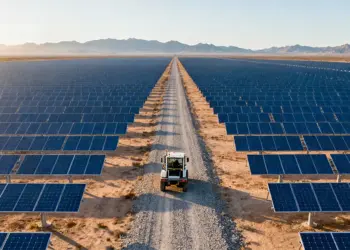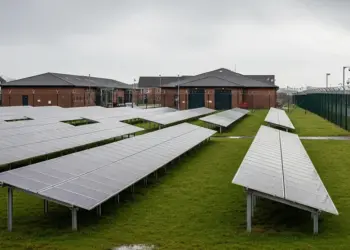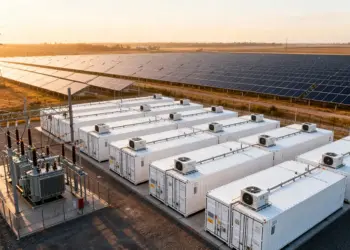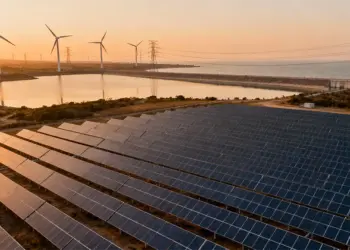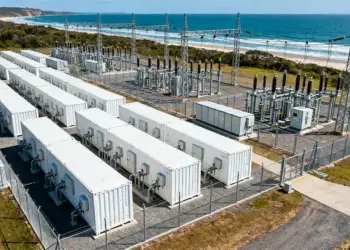The wind and solar farms have gone on to generate more electricity as compared to coal plants for the first time in 2025, thereby marking a turning point when it comes to the global power system, research shows.
A report from Ember, the climate think tank, found that in the first half of 2025, global renewable energy went on to outpace the growing appetite for electricity across the world, thereby leading to a small dip in coal and gas usage.
The world went on to generate around a third more solar power when it comes to the first half of 2025 as compared with the same period last year, thereby meeting 83% of the global growth in electricity demand. Apparently, the wind power saw an increase of just more than 7%, enabling the renewables to displace fossil fuels for the very first time.
It is worth noting that this milestone happens to represent a critical turning point as per Ember’s senior electricity analyst as well as the author of the report, Małgorzata Wiatros-Motyka.
She remarked that solar and wind are now rising fast enough so as to meet the growing appetite of the world for electricity. This happens to mark the beginning of a transition where clean power happens to be keeping pace with the growth in demand.
Interestingly, China and India happened to be largely responsible for the global growth in renewables, as per the Ember report, in contrast to the US and Europe, which depended more heavily on fossil fuels.
Another report by the International Energy Agency (IEA) went on to find that global renewables could very well more than double by the end of 2030, with 80% of novel clean energy capacity anticipated to come from solar power.
The executive director of IEA, Fatih Birol, said that the global growth in renewables in the years to come is going to be dominated by solar PV; however, hydropower, wind, and bioenergy, as well as geothermal, will all contribute as well.
As per IEA, China would remain the biggest growth market for renewables in the world, with India growing as the second largest across the rest of the decade.
Birol added that in addition to growth in the established markets, solar is all set to surge in economies like Saudi Arabia and Pakistan, as well as many other Southeast Asian countries.
It is worth noting that China went on to add more renewable energy generation as compared to the rest of the world combined, thereby leading to a 2% dip in its usage of fossil fuels in the first half of 2025 compared with the same months last year, found Ember.
In the same period, India grew its renewable energy capacity by over three times its electricity demand, which was pretty weak in 2025, therefore causing its coal and gas usage to fall by 3.1% and 34%, respectively.
In contrast, demand for electricity in the US went on to outpace its growing renewables sector, therefore leading to a 17% growth in coal generation in the first half of 2025.
In the EU, the demand went on to show just a modest growth as compared to the first half of 2024; however, a weather-related slump in wind along with hydropower meant that even fast-rising solar power could not safeguard gas and coal generation, which grew by 14% and 1.1%, respectively.



